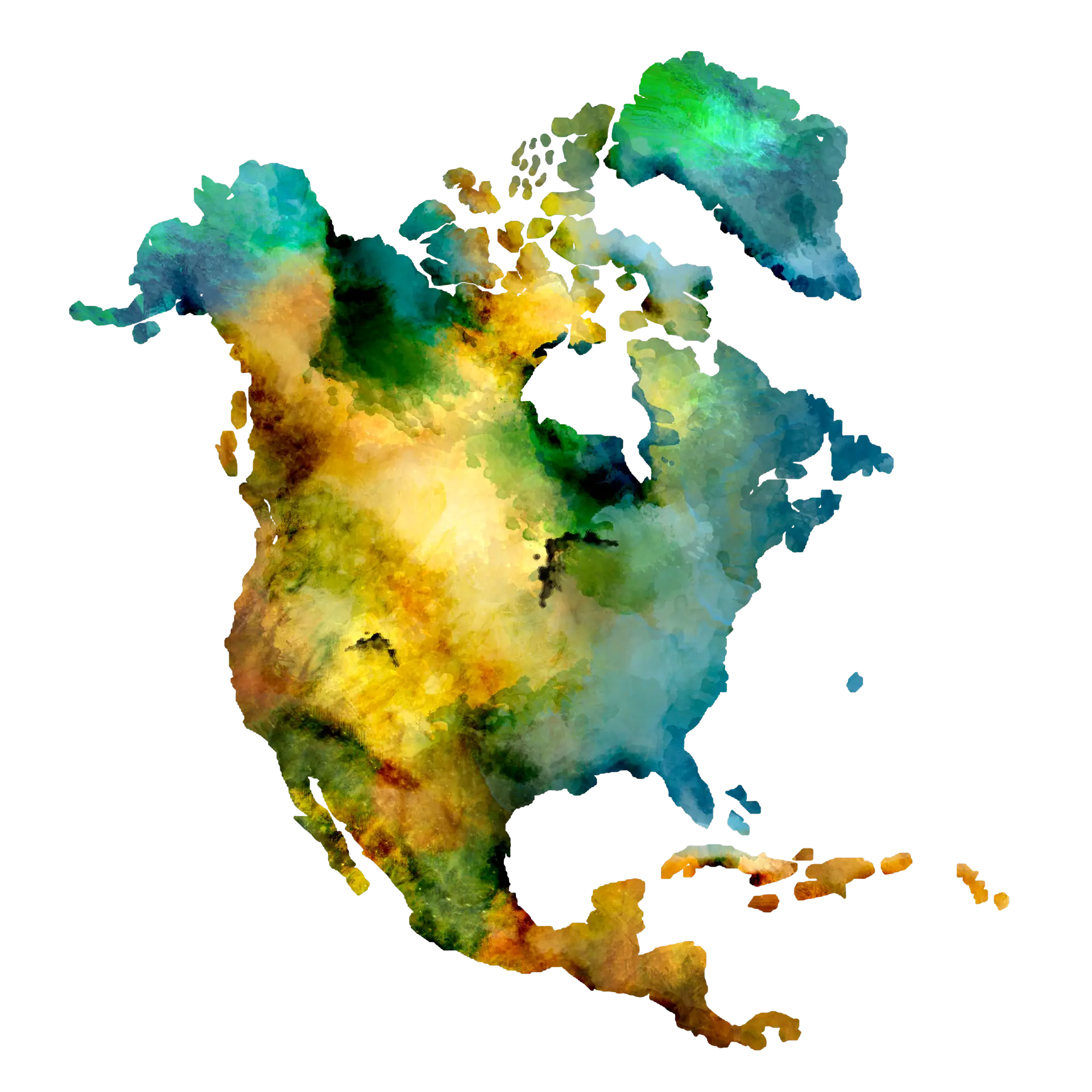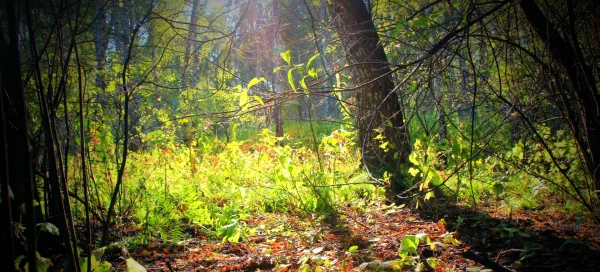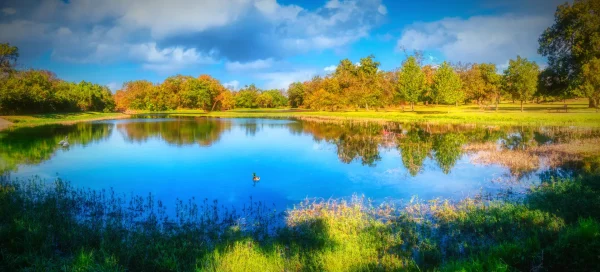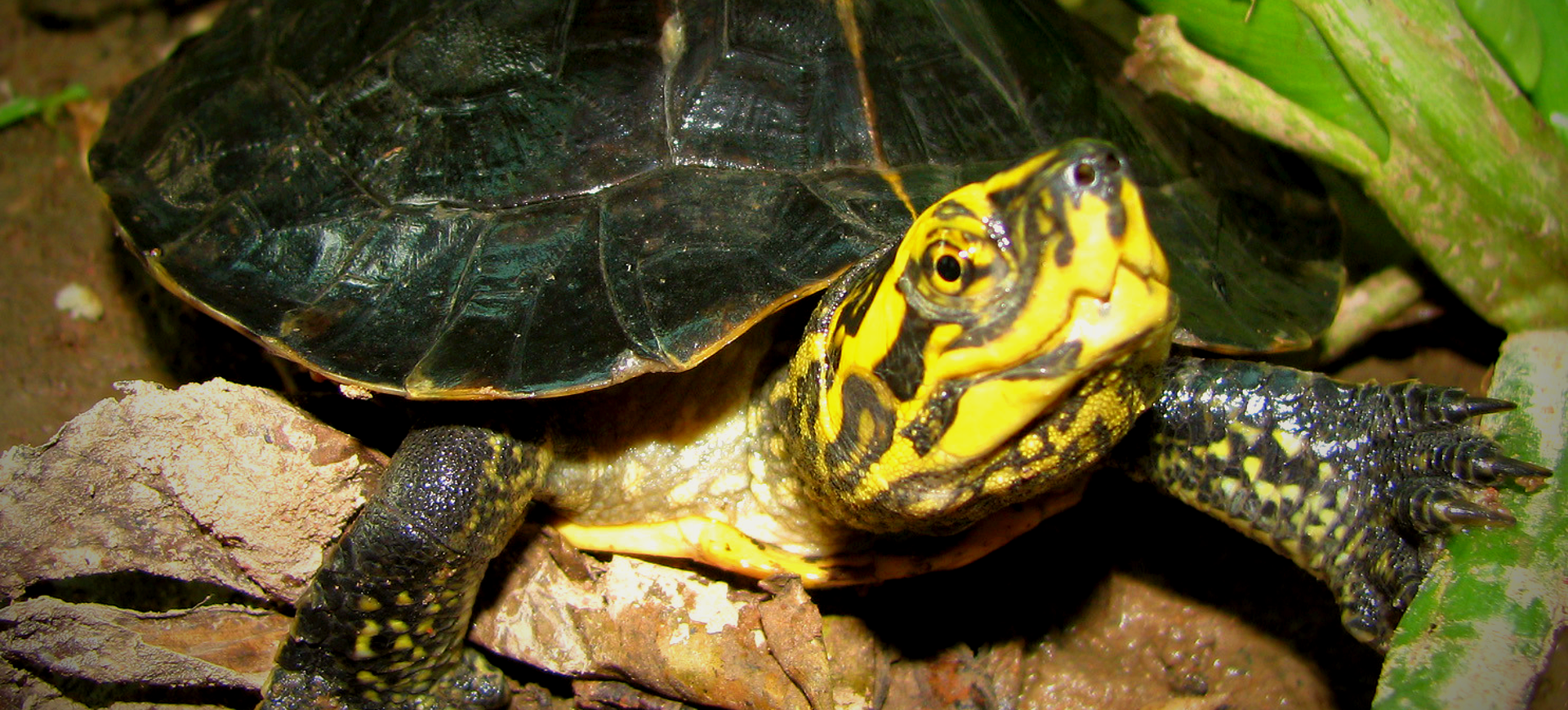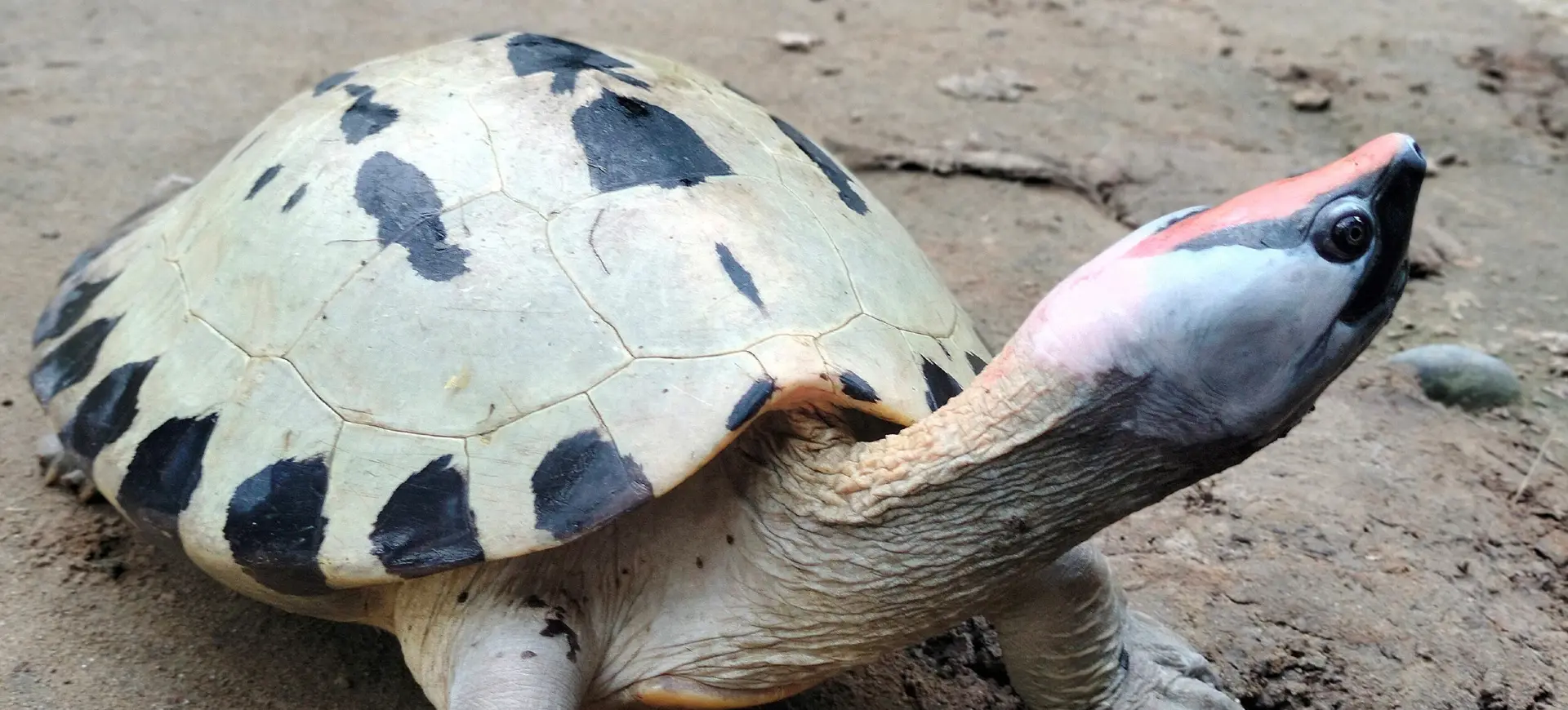Overview
The Black Wood Turtle, or Rhinoclemmys funerea, is distinctive in Central America. Its shell, characterized by a dark, almost black coloration, is one of its most notable features. This species is medium-sized compared to other turtles, with a sturdy and robust body structure well-adapted to its habitat. These turtles are often found in moist environments near rivers, streams, and other freshwater bodies.
Black Wood Turtles exhibit a range of behaviors that are fascinating to observe. They are known for their daily activity patterns, being most active during the day. Unlike many turtle species, Black Wood Turtles are not exclusively aquatic; they spend significant time on land. Their diet is diverse, consisting of plant and animal matter, reflecting their adaptability to different environments.
The conservation status of the Black Wood Turtle is of increasing concern. Habitat loss and fragmentation due to human activities, such as agriculture and urban development, threaten their survival. Additionally, they are sometimes captured for the pet trade, further exacerbating their vulnerability. Conservation efforts are crucial to ensure the survival of this unique species in its natural habitat.
Taxonomy
Kingdom
Phylum
Class
Order
Family
Genus
Species
Type
RANGE
Current distribution:
Black Wood Turtles are primarily found in Central America, extending from southern Mexico to northwestern Colombia. This distribution includes countries such as Guatemala, Honduras, Nicaragua, Costa Rica, and Panama. Within these regions, they inhabit a variety of environments but show a preference for moist and wooded areas.
The exact population numbers and distribution of Black Wood Turtles in the wild are poorly documented, which poses a challenge to conservation efforts. They are believed to be declining in some areas due to habitat loss and fragmentation. Efforts to map and monitor their distribution are crucial for understanding their population dynamics and implementing effective conservation strategies.
Physical Description:
The Black Wood Turtle has a typically dark brown to black shell, sometimes with faint yellow or tan markings. The shell is domed and smooth, protecting predators and environmental elements. The plastron, or the underside of the shell, is usually lighter, ranging from tan to yellowish. Their skin is dark, complementing their shell, with occasional lighter spots or streaks.
Adult Black Wood Turtles have a distinct appearance that differentiates them from juveniles. The juveniles have more pronounced markings on their shells and skin, which fade as they mature. The limbs and head of the turtle are sturdy, aiding in aquatic and terrestrial locomotion. Their eyes are positioned to give them a wide field of vision, an adaptation for both foraging and predator detection.

Lifespan: Wild: ~30 Years || Captivity: ~40 Years

Weight: Male: 2-3 lbs (0.9-1.4 kg) || Female: 2.5-3.5 lbs (1.1-1.6 kg)

Length: Male: 7-9 in (18-23 cm) || Female: 8-10 in (20-25 cm)
Characteristic:
Native Habitat:
Black Wood Turtles are native to Central America, thriving in various habitats from lowland forests to riverine environments. Their natural habitat includes areas with abundant vegetation and access to freshwater, which is essential for survival. These turtles are often found in regions with high humidity and moderate temperatures, which support their need for moist environments.
The adaptability of Black Wood Turtles to different terrains is remarkable. They are equally adept at navigating through dense forest undergrowth and swimming in rivers or streams. This versatility in habitat preference allows them to exploit various food sources and evade predators. Their habitat choice is influenced by food availability, temperature, and potential threats.
Climate Zones:
Biomes:
Biogeographical Realms:
Continents:
Countries:
Diet:
Diet & Feeding Habits:
Black Wood Turtles are omnivorous, consuming various foods in their natural habitat. Their diet includes fruits, vegetables, leaves, flowers, insects, worms, and occasionally small fish or amphibians. This varied diet is crucial for their growth and overall health. In the wild, they forage for food on land and water, showing flexibility in their feeding habits.
In captivity, Black Wood Turtles’ diet must be carefully managed to ensure they receive all necessary nutrients. A balanced diet for captive turtles includes commercially available turtle food supplemented with fresh fruits and vegetables. Regular feeding and access to fresh water are essential for their well-being. Environmental factors such as temperature and humidity can influence their feeding behavior.
Mating Behavior:
Mating Description:
Black Wood Turtles exhibit a fascinating mating behavior influenced by environmental conditions. The mating season typically occurs during the rainy season, when water and food resources are abundant. During this period, males actively seek out females, engaging in courtship displays that may include head bobbing and gentle biting.
The actual mating process involves the male mounting the female from behind, a behavior common in many turtle species. Mating can last several hours, and females may mate with multiple males during the breeding season. After mating, females lay eggs in nests they dig on land. The number of eggs and the frequency of laying vary among individuals.
Reproduction Season:
Birth Type:
Pregnancy Duration:
Female Name:
Male Name:
Baby Name:
Social Structure Description:
Black Wood Turtles are generally solitary animals, though they may gather in groups in favorable feeding or basking areas. They do not exhibit complex social behaviors like some other animal species. However, interactions between individuals can occur, especially during the breeding season.
The social structure of Black Wood Turtles in the wild is poorly understood, largely due to the difficulties in observing these creatures in their natural habitat. Studies in captivity suggest that while they can coexist peacefully, they do not form bonds or hierarchies, as seen in more social animal species.
Groups:
Conservation Status:
Population Trend:
The population of Black Wood Turtles in the wild is not well-documented, which presents challenges for conservation. Observational studies suggest that their numbers decrease in some regions due to habitat loss and human activities. The turtles’ preference for forested and riparian habitats makes them particularly vulnerable to deforestation and water pollution.
Efforts to monitor and protect Black Wood Turtle populations are critical. Conservation programs that focus on habitat preservation and restoration can play a significant role in stabilizing their numbers. Educating local communities about the importance of these turtles and the threats they face is also key to their long-term survival.
Population Threats:
The primary threats to Black Wood Turtle populations include habitat destruction, pollution, and the illegal pet trade. Deforestation for agriculture and urban development directly impacts their natural habitats, reducing available space and resources. Water pollution from agricultural runoff and industrial waste also poses a significant threat, affecting their health and reproductive success.
The collection of Black Wood Turtles for the pet trade has a detrimental impact on wild populations. Overharvesting, especially of adults, can decrease the breeding population, further exacerbating their decline. Effective law enforcement and public awareness campaigns are needed to combat these threats.
Conservation Efforts:
Conservation efforts for the Black Wood Turtle involve habitat protection and legal trade regulation. Establishing protected areas where these turtles can thrive without human interference is crucial. Efforts to reforest and rehabilitate degraded habitats can also benefit their populations.
Education and outreach programs play a vital role in conservation. By raising awareness about the importance of these turtles and the threats they face, it is possible to reduce harmful human activities. The involvement of local communities in conservation initiatives can lead to more sustainable practices that benefit both the turtles and the people.
Additional Resources:
Fun Facts
- Blackwood turtles can live longer in captivity than in the wild.
- They are known for their intelligence and can be taught simple tasks.
- Unlike many turtles, they are quite active on land.
- These turtles can make vocalizations, which is unusual for turtles.
- They have a varied diet, eating both plant and animal matter.
- Black Wood Turtles can be very personable and interactive with humans.
- Their shell color can vary slightly based on diet and environment.
- Juvenile Black Wood Turtles have more pronounced markings than adults.
- They are excellent swimmers despite spending much time on land.
- Their lifespan can exceed 40 years, particularly in well-managed captive environments.

